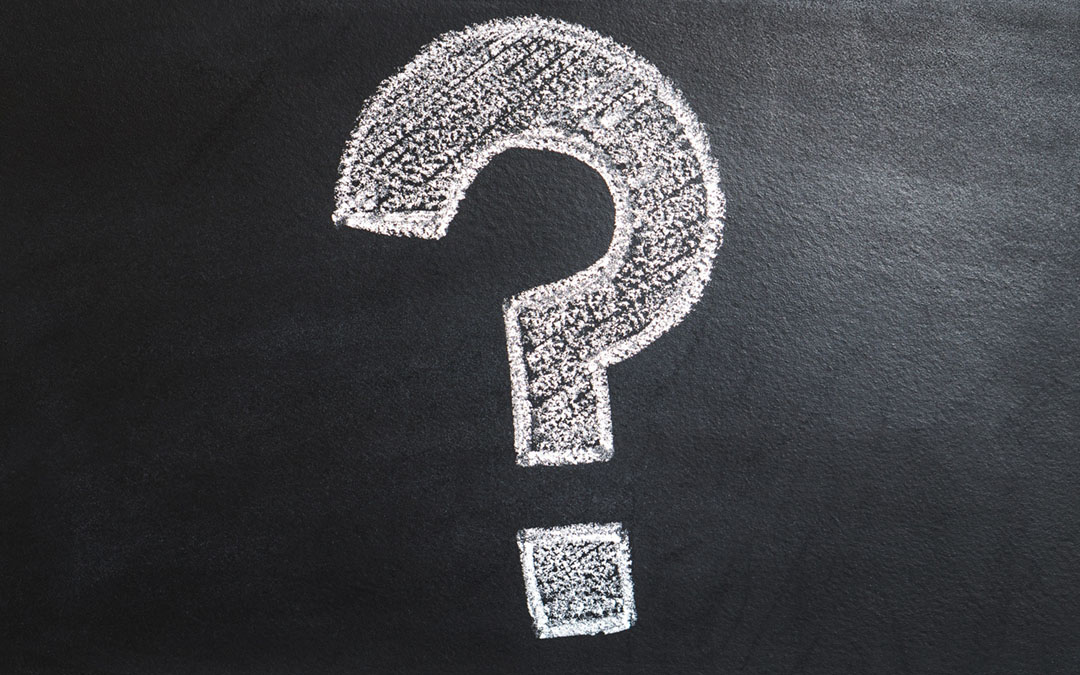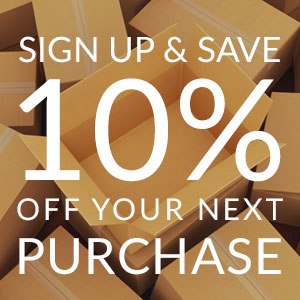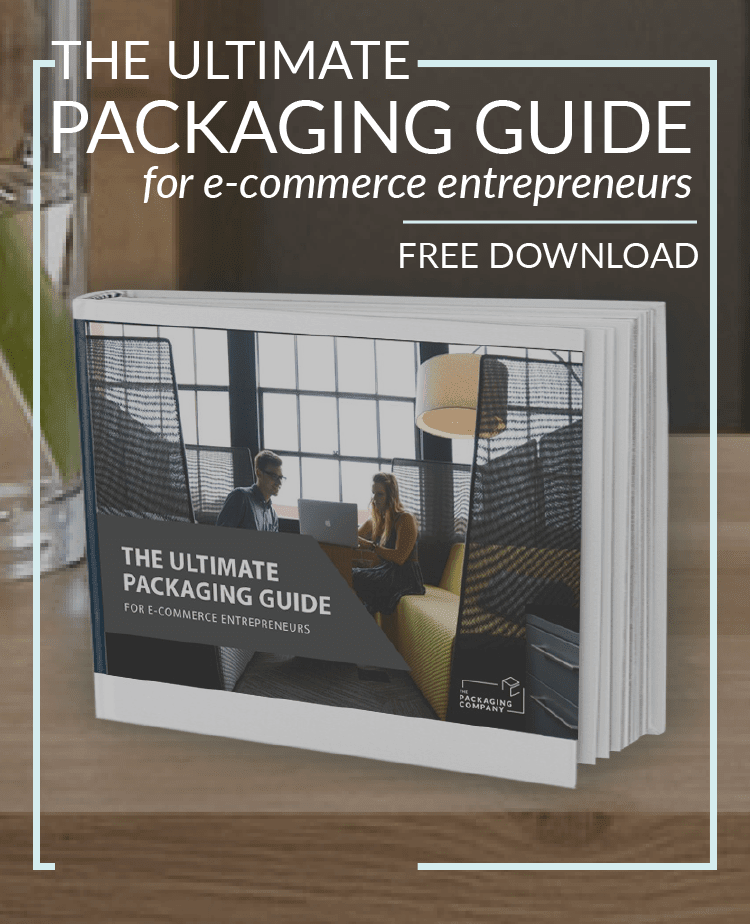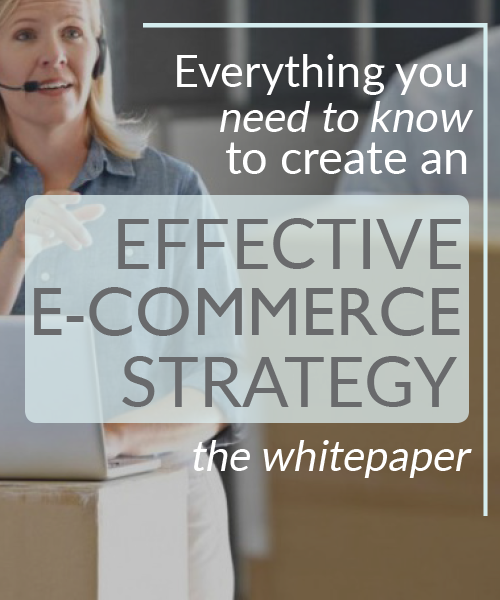Packaging is a big subject, and because of the sheer volume of content out there, it can be difficult to distill it down into the topics you truly need to know. That tends to leave business owners with packaging questions, ones that get asked all too frequently. That’s why we’re happy to share the information and answers our readers need to make their packaging strategies as sound as can be. Here’s 5 of the packaging questions we’ve been fielding a lot lately. They’re good ones!
What classifies as eco-friendly packaging?
Corrugated boxes are technically eco-friendly packaging because they can be recycled (provided they’re not soiled with oil or chemicals). But the term eco-friendly packaging is more often used to refer to packaging that is made from sustainable sources, like vegetable matter, carefully managed forests, or recycled materials. As a prime example, our eco-friendly mailers carry that title because they’re constructed of recycled pulp or materials taken from those managed forests. And once you or your customers are done with the mailer envelopes, they can go right into the recycling bin.
What exactly is entry level automation?
Packaging automation streamlines the manufacturing of packaging materials (like corrugated boxes, kraft paper and bubble cushion) by reducing the time and manpower needed. But it takes large machinery, which in turn requires considerable warehouse space, so it’s best used by large packaging suppliers. Entry level automation involves smaller tabletop-sized machinery that’s more concerned with the packing of products and the fulfillment of customer orders. By speeding up certain actions (or reducing the number of steps) an employee needs to take, they save a business time, payroll and headaches. Tape dispensers or on-demand bubble cushion machines are prime examples.
What’s short run custom packaging?
Years ago, to justify the costs of printed packaging, quantities were prohibitively high—often into the tens of thousands for boxes, or in the case of tape, enough to fill at least a skid. But now, improvements in both printing techniques and material costs have made custom packaging a viable option for smaller businesses. Those same boxes can be bought in such small batches (often down in the single digits) that the barriers for entry into the custom packaging playground have been all but removed. Short run custom packaging allows small businesses to look as good as the boy boys, while being able to change their packaging look whenever they like (say, when the holidays roll around).
What’s dimensional weight shipping?
Dimensional weight, often called dim weight, is a pricing method used by postal services. The length, width and height of a shipping container is used to create an estimated weight limit that the container should be carrying. The delivery service then charges for whatever is greater—the dimensional weight or the actual weight of the package. This technique was created in response to the sharp rise in online shopping, as more packages are sent out for delivery than ever before. This places greater demand on the space available in delivery trucks, and therefore, how many packages the vehicle can carry at once.
What’s water activated tape and when should I use it?
It’s a paper-based tape with an adhesive that’s activated by water. Once placed onto a corrugated box, the adhesive bonds the tape to the box and creates a strong seal that’s difficult to open by hand. It’s best used during the shipping of heavier or more valuable products, as any attempts to remove the tape will show evidence of tampering. As well, unlike standard packing or carton sealing tape, it cannot be removed by using heat guns.
If you’ve got any packaging questions like the ones above, don’t hesitate to check out the rest of our blog. It’s full of tips and topics that will help you with any packaging questions you might have. And if you need to dive deeper than anything we’ve provided here, be sure to get in touch. The Packaging Company is always glad to hear from you.




